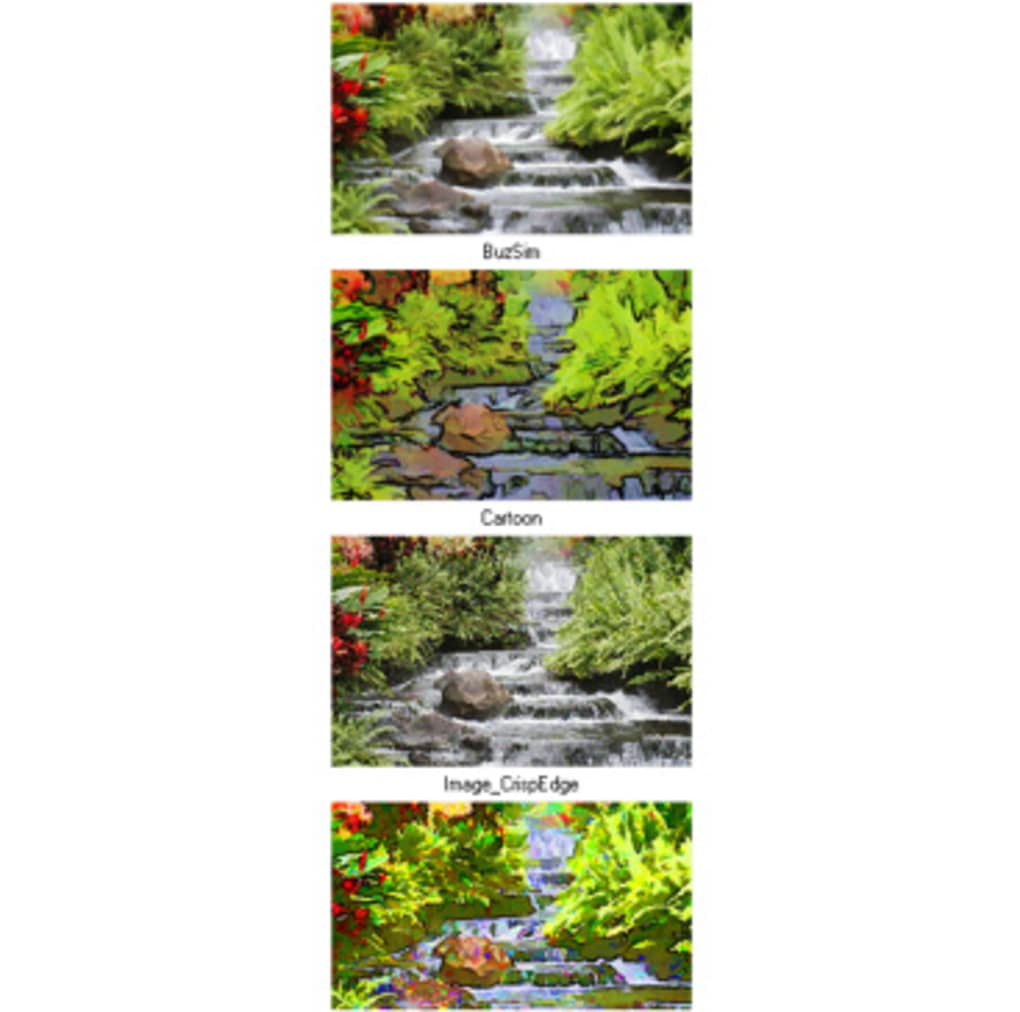

The response of fabricated TLD strongly depends on the concentration of transition metals (Ti, V, Cr, Mn, Fe, and Cu), present as impurities in the topaz crystals or intrinsic defects, such as lattice vacancies and interstitials. High-energy TLD based on topaz crystals has been developed previously. The radiation trapping defect-sites in such crystals either could be due to the presence of extrinsic impurities or intrinsic defects such as lattice vacancies and interstitials. On thermal heating thermally heated, these materials emit the previously absorbed radiations and show a thermoluminescence character. This property is exhibited by the insulators or semiconductors in which ionizing radiations are absorbed and remain trapped within the localized defects for a sufficiently long time. The thermoluminescent property makes topaz potentially an important candidate for its use as a thermoluminescent dosimeter (TLD). Furthermore, no impurity was found in the investigated colorless topaz samples. The ratios of concentrations of Al and Si were found as 1.55 and 1.59 estimated by CF-LIBS and EDX, respectively. Al and Si were found as the major compositional elements in topaz crystals. Results shows that the fluorine was detected at laser fluence higher than 35 J

The spectrum obtained has shown the presence of seven elements viz. cm −2 and optical emission from the plasma was recorded within the spectral range of 250–870 nm.For the purpose of detection of maximum possible constituent elements within the Topaz sample, the laser fluences were varied, ranging 19.6–37.6 J Topaz plasma was produced in the ambient air using a nanosecond laser pulse of width 5 ns and wavelength 532 nm. We present results of calibration-free laser-induced breakdown spectroscopy (CF-LIBS) and energy-dispersive X-ray (EDX) analysis of natural colorless topaz crystal of local Pakistani origin.


 0 kommentar(er)
0 kommentar(er)
